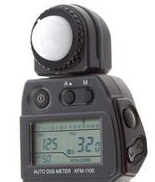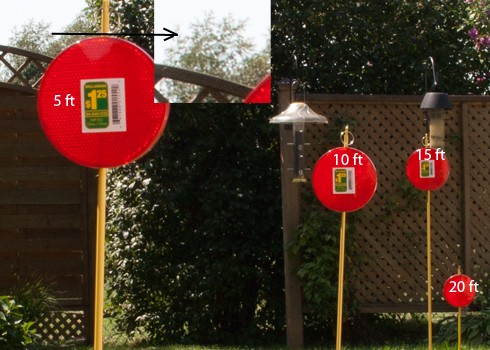In previous blog posts, I’ve written about taking still pictures of the night sky, and how to take time exposures in daylight. Now, let’s look at the ten basic steps for capturing the motion of the stars: 1. Get out
TRY TIME EXPOSURES FOR MAGICAL EFFECTS
When we think about taking long exposures with a camera, night time images usually come to mind. Only dark conditions generally call for slow shutter speeds, right? True-but there is a way to take time exposures in broad daylight…with surprising
New Digital SLR Photography Book for 2014

“Digital SLR Photography Demystified” is my new venture in the world of photography instruction. Originally conceived as a reference for students taking my Digital Photography for Beginners course, it also serves as a standalone guide for those who prefer self-instruction.
PERFECTING THE PANORAMIC: STEP BY STEP

It’s getting easier to make panoramics with today’s cameras. Some will actually do the stitching together for you without the need for software. But unless you take control of the process, you may be selling yourself short on results.
Handheld Meters Explained

We’ve all seen the portrait photographer holding a white-domed object next to the subject’s face to take a light reading. So why is that being done? Why not just let the camera do its automatic exposure thing and take the
Depth of Field: Finding the Focus Sweet Spot

Most of the time, when we want to get everything in our shot in focus from our feet out to infinity, the tendency is to dial in as high an aperture number, or f/stop, as possible. In doing so,